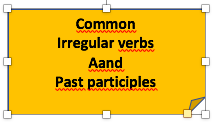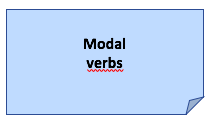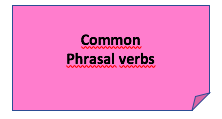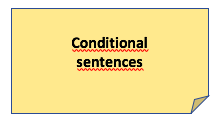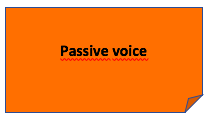VERBS, TENSES and STRUCTURES
This section covers verbs, tenses and structures.
Verb is any member of a class of words that function as the main elements of predicates, that typically express action, state, or a relation between two things, and that may be inflected for tense, aspect, voice, mood, and to show agreement with their subject or object. (Dictionary.com,https://www.dictionary.com/browse/verb?s=t, accessed 28.12.2019)
Tense is a category of verbal inflection that serves chiefly to specify the time of the action or state expressed by the verb. (Dictionary.com,https://www.dictionary.com/browse/tense?s=ts, accessed 28.12.2019).

In this section teachers will be able to access resources for teaching the following grammar topics:
- Verb “to be”
- Simple Present
- Present Continuous
- Simple Past
- Past Continuous
- Present Perfect
- Present Perfect Continuous
- Future: will, going to, present continuous for arrangements
- Imperatives
- Common irregular verbs and past participles
- Common gerunds and infinitives
- Modal Verbs: can, must, may, might, would, should, could, used to, don't have to
- Common phrasal verbs
- Conditional sentences Types 1 & 2
- Relative clauses
- Passive Voice
- Impersonal constructions: “It's cold”, “It's necessary”, “There's a new cinema in town”





